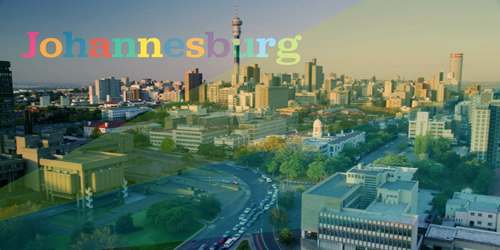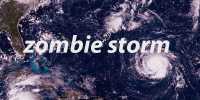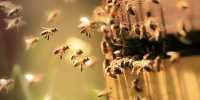Johannesburg is the South African city of Gauteng, the country’s largest industrial and financial metropolis. Johannesburg is informally known as Jozi or Joburg, the largest city in South Africa and one of the 50 largest cities in the world. Johannesburg is characterized by a seemingly endless combination of conflicts and irreversible differences. Johannesburg, the largest city in South Africa, is also Africa’s richest and undoubtedly economical powerhouse. The seat of the Constitutional Court in Johannesburg. The city is bordered by the mineral-rich Witwatersrand Hills and the center of the larger gold and diamond trade; it was one of the organizers of the official FIFA World Cup official tournament.
Johannesburg is a thriving, trendy city and the emphasis is on financing – whether on business or on the road – and has only begun since Johannesburg discovered the world’s richest goldfields in 1880. One of the youngest cities in the world, Johannesburg was founded in 1886 after the discovery of Sohan. The city was initially part of the Transvaal, an independent African or Boer, republic that later became one of the four provinces of South Africa. The first-time visitor Johannesburg, or Jozy as it is better known, maybe a little intimidating to some, because of its misinterpretation by the Johannesburg media as something of a battleground.
Metropolitan is an Alpha Global city listed by Globalization and the World Cities Research Network. Johannesburg has a population of 9.6 million (South Africa 2011 census), half of which live in Soweto and adjacent suburbs. The town beats Witherwatersr and Rand a string of low rocks that form the reservoir between India and the Atlantic Ocean. The height of the city ranges from 5,700 to 5,930 feet (1,740 to 1,810 meters). The majority of the population is made up of black residents in South Africa who live mostly in Soweto, while white residents, on the other hand, are 1,333,790 (though this number is likely to be higher). There are also about 300,000 residents of other tribes. Like other cities in South Africa, no language group dominates, though English is the established Lingua Franca. About 28 inches (700 millimeters) of rain falls each year, but the total varies greatly from year to year. Although estimates vary, Johannesburg generates about 10% of sub-Saharan Africa’s GDP. Due to the huge amount of gold deposits in the Witwatersrand, within ten years, the population has grown to 100,000 inhabitants. Mine dumps are seen all over the city and are a reminder of the city’s gold mining legacy. These dumps are quickly disappearing as mining companies make profitable new gold mining techniques in reprocessing these dumps.
The weather is generally regarded as great; The temperature reaches 30 degrees Celsius (95 ° F) in the middle of the summer months (December-February) as there is very little wind and occasional, windy winds with spectacular afternoon storms. Temperatures may drop to single digits in winter, but snow is extremely rare. Lenasia is populated primarily by South Africans of Indian descent. These regions were designated as non-white territories in accordance with the South African government’s segregation policy known as racism.















